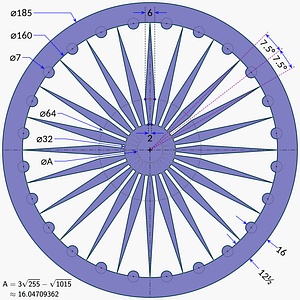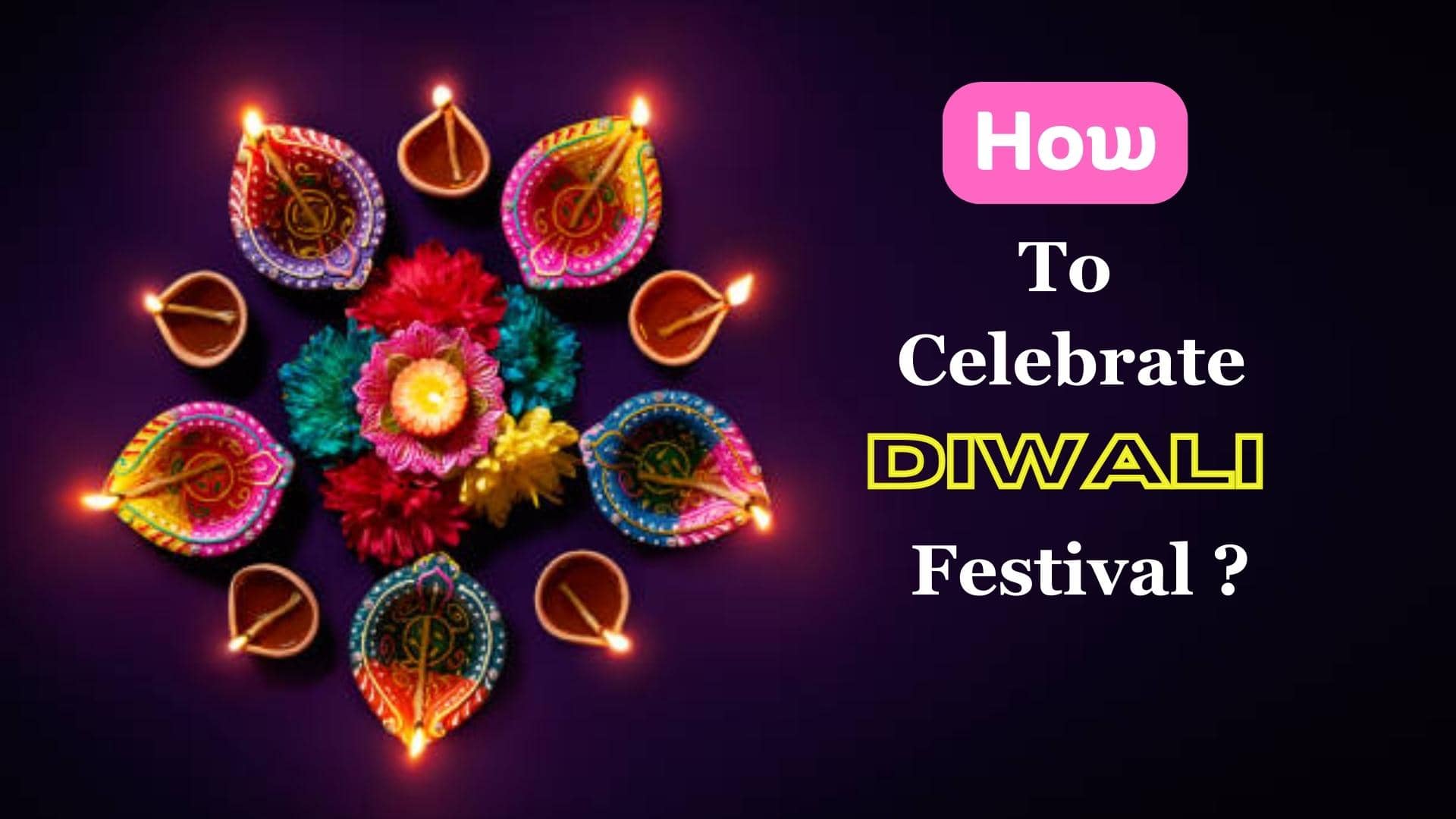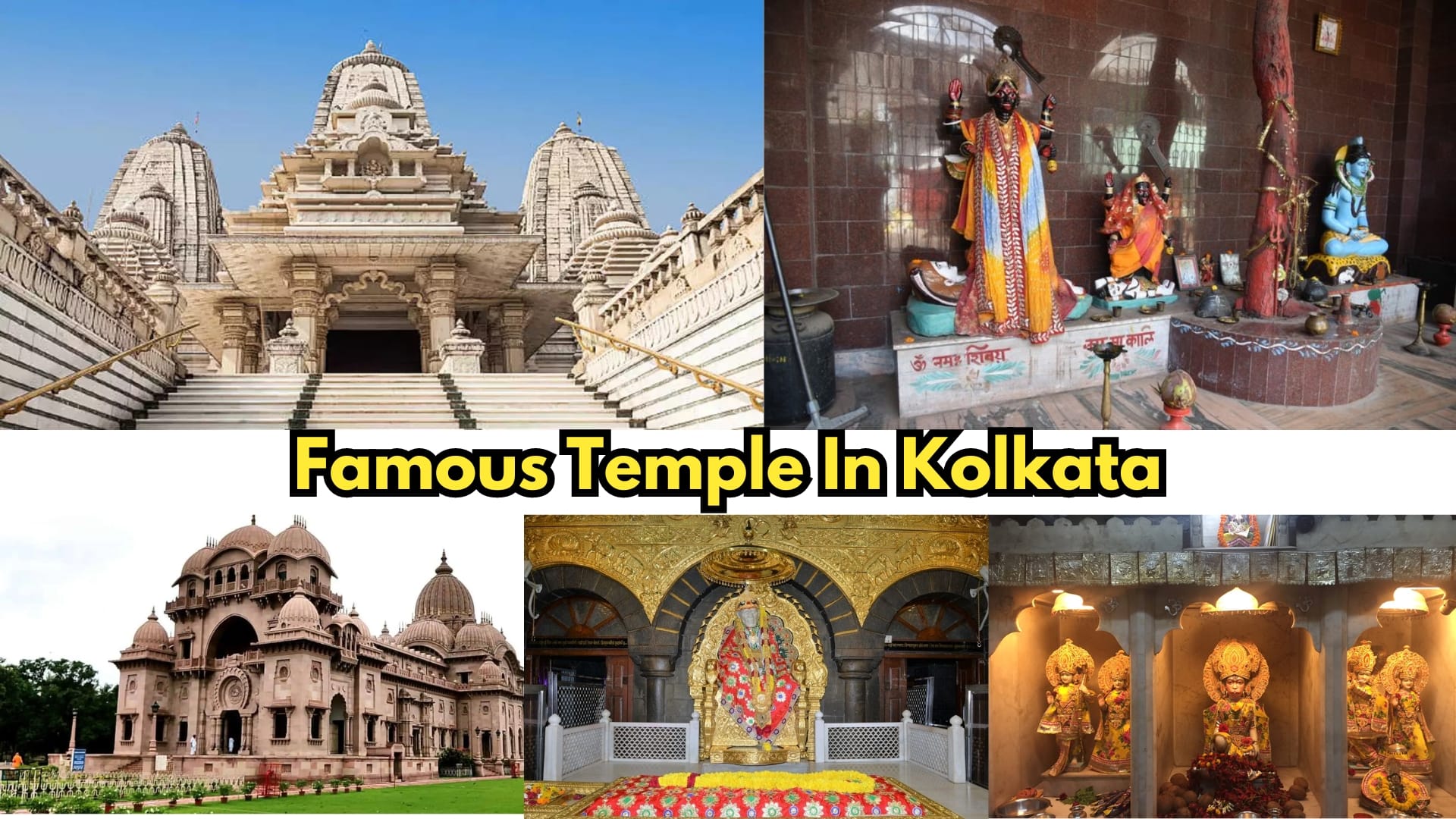The history of the Indian National flag is a vivid tapestry interwoven with the fabric of India’s struggle for independence day and its evolution into a sovereign republic. Each hue, and each stroke of design, resonates with the indomitable spirit of a nation seeking to break free from the shackles of colonial rule. Let us embark on a detailed exploration of this symbolic odyssey.,delving into fascinating facts about the Indian National flag.
1. Early Symbols of Defiance:

In the nascent stages of India’s quest for freedom, a multitude of flags unfurled, becoming emblematic of the spirit of resistance. Among these, the “Vande Mataram” flag stood tall, its inscription exuding fervor in Hindi and Bengali script. Additionally, the “Saptarishi” flag, adorned with seven stars representing India’s ancient sages, echoed the deep-rooted connection with its glorious past.
2. The Dawn of National Consciousness (1906):
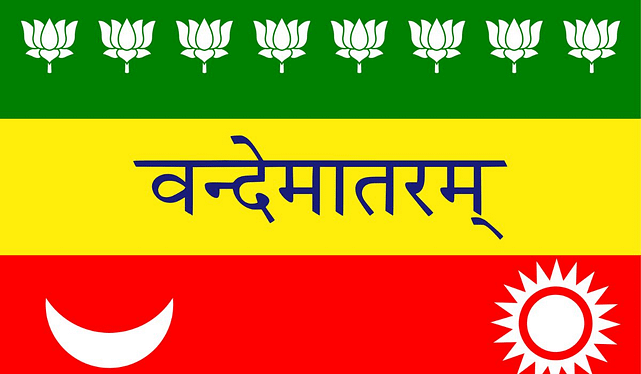
The first collective manifestation of a national flag unfurled at the All India Congress Committee meeting in Calcutta in 1906. Sister Nivedita, a disciple of Swami Vivekananda, was the artist behind the design. Three vibrant horizontal stripes – red, yellow, and green – encapsulated the essence of a burgeoning movement.
3. Emergence of the Tricolor:
As the 20th century dawned, the idea of unity amidst diversity led to the emergence of the iconic Tricolor. Pingali Venkayya, an ardent freedom fighter, and visionary, envisioned a flag that would embody the very soul of the nation. His creation, with saffron denoting courage, white signifying truth, and green symbolizing growth, remains an eternal testament to India’s ethos.
4. The Swaraj Flag (1921):
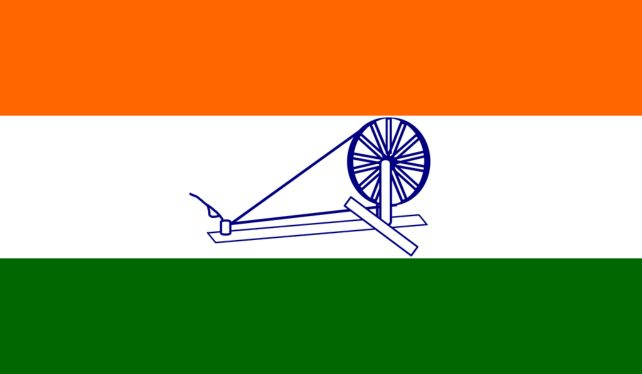
In 1921, the Indian National Congress adopted the Swaraj Flag, a precursor to the present Tricolor. Infused with the spirit of self-governance, it bore red and green stripes and a central spinning wheel, an emblem of empowerment through self-reliance.
5. A Timeless Emblem (1947):
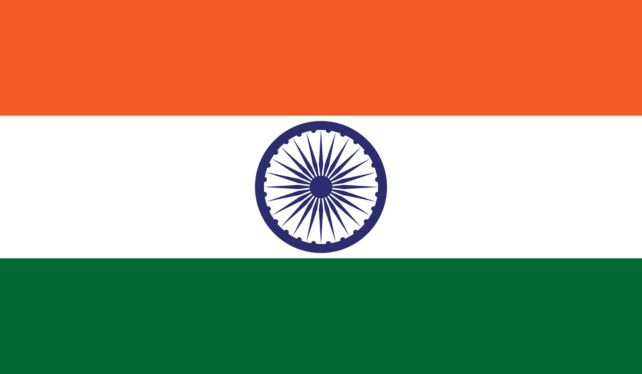
A momentous milestone was reached on July 22, 1947, when the Constituent Assembly of India, representing the dreams and aspirations of millions, unveiled the final design of the national flag. The saffron, white, and green stripes stood as a testament to India’s multicultural tapestry, while the Ashoka Chakra, a 24-spoked wheel, symbolized unceasing progress and righteous governance.
6. The Enshrined Protocol:
With great honor comes great responsibility. To preserve the sanctity of the national flag, the Indian government introduced the “Flag Code of India” in 1952. This comprehensive code meticulously outlines the guidelines for the correct display and usage of the flag, ensuring its revered status remains intact.
7. Independence and Republic Days:

The national flag of India holds profound significance in the country’s history. The inaugural unfurling of the Tricolor on August 15, 1947, marked India’s tryst with destiny as it emerged from colonial shadows. On January 26, 1950, the Indian flag became the official ensign of the republic, symbolizing India’s transformation into a sovereign nation and capturing the essence of its remarkable journey.
Construction Sheets
Both the Flag code and IS1 call for the Ashoka Chakra to be printed or painted on both sides of the flag in navy blue. Below is the list of specified shades for all colours used on the national flag, with the exception of navy blue, from “IS1: Manufacturing standards for the Indian Flag” as defined in the 1931 CIE Colour Specifications with illuminant C. The navy blue colour can be found in the standard IS:1803–1973.
| Colour | X | Y | Z | Brightness, Percent |
| India saffron | 0.538 | 0.360 | 0.102 | 21.5 |
| White | 0.313 | 0.319 | 0.368 | 72.6 |
| India green | 0.288 | 0.395 | 0.317 | 8.9 |
Note that the values given in the table correspond to CIE 1931 colour space. Approximate RGB values for use may be taken to be: India saffron #FF671F, white #FFFFFF, India green #046A38, navy blue #06038D. Pantone values closest to this are 165 C, White, 2258 C and 2735 C.
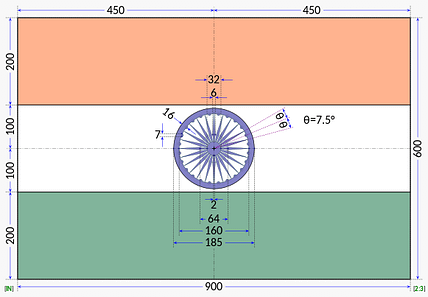
| Colour scheme | India saffron | White | India green | Navy blue |
| Pantone | 165 C | 000 C | 2258 C | 2735 C |
| CMYK | 0-60-88-0 | 0-0-0-0 | 96-0-47-58 | 96-98-0-45 |
| HEX | #FF671F | #FFFFFF | #046A38 | #06038D |
| RGB | 255,103,31 | 255,255,255 | 4,106,56 | 6,3,141 |
8. Symbolism Breathing Life:
The trinity of saffron, white, and green intricately weaves a story. Saffron epitomizes the courage and sacrifice of India’s heroes. White, a beacon of truth and purity, guides the nation’s course. Green, symbolizing growth and auspiciousness, fuel aspirations. The Ashoka Chakra, inspired by Emperor Ashoka’s principles, radiates the eternal wheel of righteousness and progress.
Conclusion
The history of our national flag is a chronicle of valorous struggle and resolute spirit. From the initial calls for resistance to the triumphant dawn of independence, the Tricolor stands as a testament to the vibrant and diverse nation it represents. It waves with pride, encapsulating the heartbeats of a united India, embodying the rich history that has shaped its destiny.

